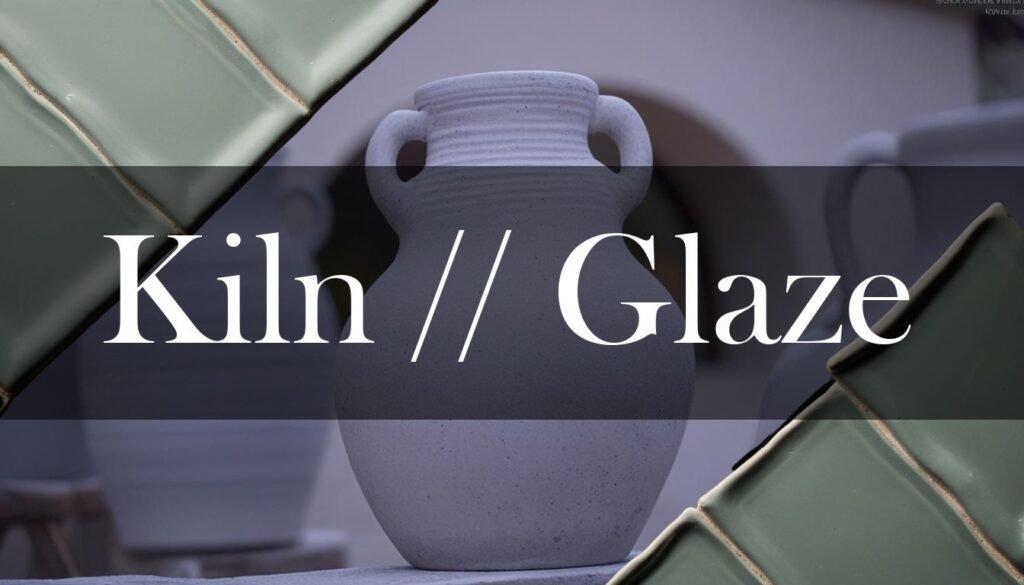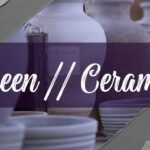Diving into the world of experimental glaze recipes is like unlocking a secret garden for your pottery. It’s where the magic happens, where you can transform ordinary clay into extraordinary art. By tweaking and testing, you can discover finishes and textures that breathe new life into your pieces. It’s all about pushing the boundaries and seeing what’s possible. Unlock your Kiln: Experimental Glaze Recipes is a great place to start!
There are tons of exciting recipes to try, each offering a unique visual experience. For a green, sponge-like surface, you might explore a Bee’s Crater Glaze, fired at Cone 8, mixing Potash Feldspar, China Clay, and Whiting, then adding a touch of Vanadium Pentoxide, Silicon Carbide, and Lithium Carbonate, with optional Cobalt Carbonate and Copper Oxide for color. Apply it like mayonnaise on buff stoneware and watch the craters form. Or maybe you’re drawn to the rich purple hues of a Cone 10 reduction glaze like Purple Haze. This one uses G200 Feldspar, Flint, Colemanite, and a blend of other ingredients, including Copper Carbonate and Titanium Dioxide, best sprayed on to prevent running. For a more rustic feel, the Antique Copper glaze, fired at Cone 6, delivers a distinctive copper finish using Custer Feldspar, Whiting, and Cornwall Stone. Or, for a textured surface, try the Crawling Green glaze at Cone 6, which creates a matte, crawling effect using Nepheline Syenite, Whiting, and Zinc Oxide. Finally, for an intense pop of color, the Sea Blue-Green glaze at Cone 6 combines Nepheline Syenite, Wollastonite, and Silica, with Cobalt Carbonate and Rutile to achieve its vibrant color. Salt glazing is another experimental technique, which involves introducing salt into the kiln at high temperatures, reacting with the silica in the clay body to form a unique glaze. For more on this, read unlocking the secrets of salt glazing in pottery.
Here’s a great video by Molly Bee Pottery showing a gorgeous glaze combination:
Don’t be afraid to get innovative by using local materials and computer-aided glaze development. This approach involves using software to formulate glaze recipes based on the chemical analysis of locally sourced raw materials. The beauty of experimental glazes lies in the unexpected results. Each firing can bring delightful surprises, making the process endlessly rewarding. Remember, thorough testing is key to ensuring compatibility with your clay and firing conditions. Always prioritize safety, especially when dealing with materials that can produce volatile reactions during firing. Documenting your process, from mixing to firing, helps you recreate and refine your favorite results, turning happy accidents into repeatable successes. It’s about embracing the journey, celebrating the triumphs, and learning from the wobbles, all while creating pottery that’s uniquely yours.





